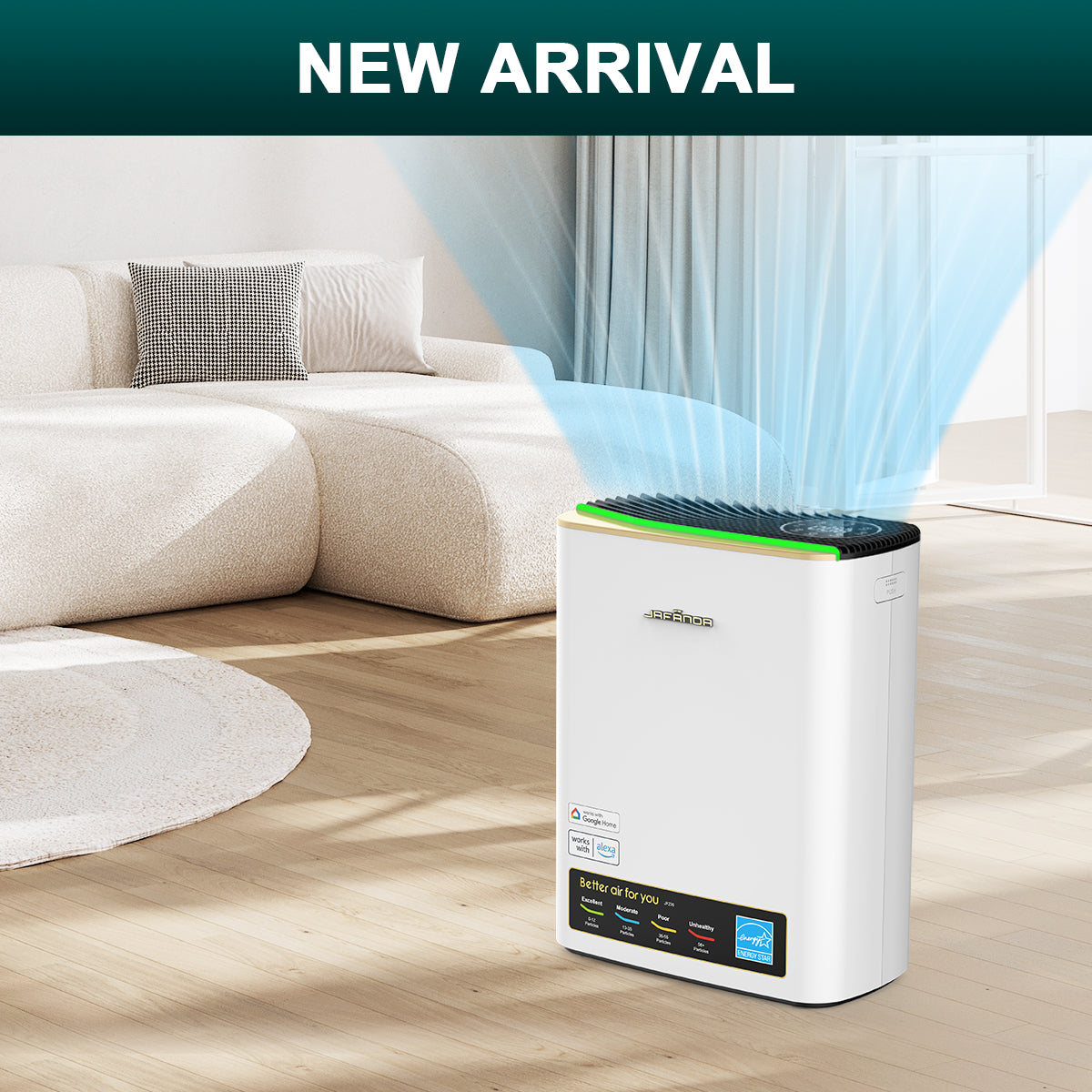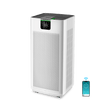
Introduction: Indoor air quality is crucial for maintaining good health for everyone, but it is especially important for immunocompromised individuals. Immunocompromised individuals have weakened immune systems, which makes them more susceptible to the harmful effects of indoor air pollution.
There are several indoor air pollution sources that can have adverse effects on the health of immunocompromised individuals. These sources include:
Tobacco smoke: Secondhand smoke and thirdhand smoke released from smoking contain harmful chemicals that can be particularly detrimental to the health of immunocompromised individuals. Immunocompromised individuals should avoid prolonged exposure to smoking environments and refrain from smoking themselves.
Volatile organic compounds (VOCs): VOCs are common indoor air pollutants emitted from furniture, renovation materials, cleaning agents, and paints. These compounds can irritate the respiratory tract and overall health of immunocompromised individuals. Immunocompromised individuals should choose low-VOC furniture and renovation materials and minimize the release of harmful gases.
Formaldehyde: Formaldehyde is a prevalent harmful gas that often originates from new furniture, plywood, carpets, and other sources. It can irritate the respiratory tract and mucous membranes of immunocompromised individuals, affecting their health. Immunocompromised individuals should opt for environmentally friendly materials that meet national standards and ensure proper ventilation while using air purifiers to reduce formaldehyde concentrations.
Bacteria and viruses: Airborne bacteria and viruses are widespread and can pose a higher risk of infection for immunocompromised individuals with weakened resistance to pathogens. Airborne microorganisms can become potential sources of infection for immunocompromised individuals.
Indoor mold: Damp environments are conducive to mold growth, and the release of spores and harmful substances from mold can affect the respiratory tract and immune system of immunocompromised individuals. Maintaining indoor dryness, addressing water leaks promptly, and regularly cleaning damp areas can help prevent mold growth.
Indoor dust: Indoor dust may contain small particles such as bacteria, viruses, and pollen, which can have adverse effects on the respiratory tract and health of immunocompromised individuals. Regularly cleaning rooms and furniture and using air purifiers can help reduce indoor dust concentration and improve air quality.
Household chemicals: Household chemicals, such as cleaning agents and disinfectants, contain harmful chemicals that may pose potential hazards to the health of immunocompromised individuals. Immunocompromised individuals should minimize the use of chemical cleaning agents and opt for environmentally friendly and low-irritant products.
Household pets: Household pets, such as cats and dogs, can shed fur and dander, potentially triggering allergic reactions in immunocompromised individuals. Properly cleaning the environment around pets, regular grooming, and bathing of pets can reduce the risk of allergies.

Conclusion
Opting for suitable building materials, using air purifiers, practicing regular ventilation, and maintaining indoor hygiene are effective methods to uphold good indoor air quality, safeguarding the health of immunocompromised individuals. Besides, Immunocompromised individuals should remain vigilant regarding these indoor air pollution sources and take appropriate measures to minimize adverse effects on their health. Additionally, seeking medical advice and implementing personalized protective measures are highly recommended for immunocompromised individuals.











Leave a comment
All comments are moderated before being published.
This site is protected by hCaptcha and the hCaptcha Privacy Policy and Terms of Service apply.